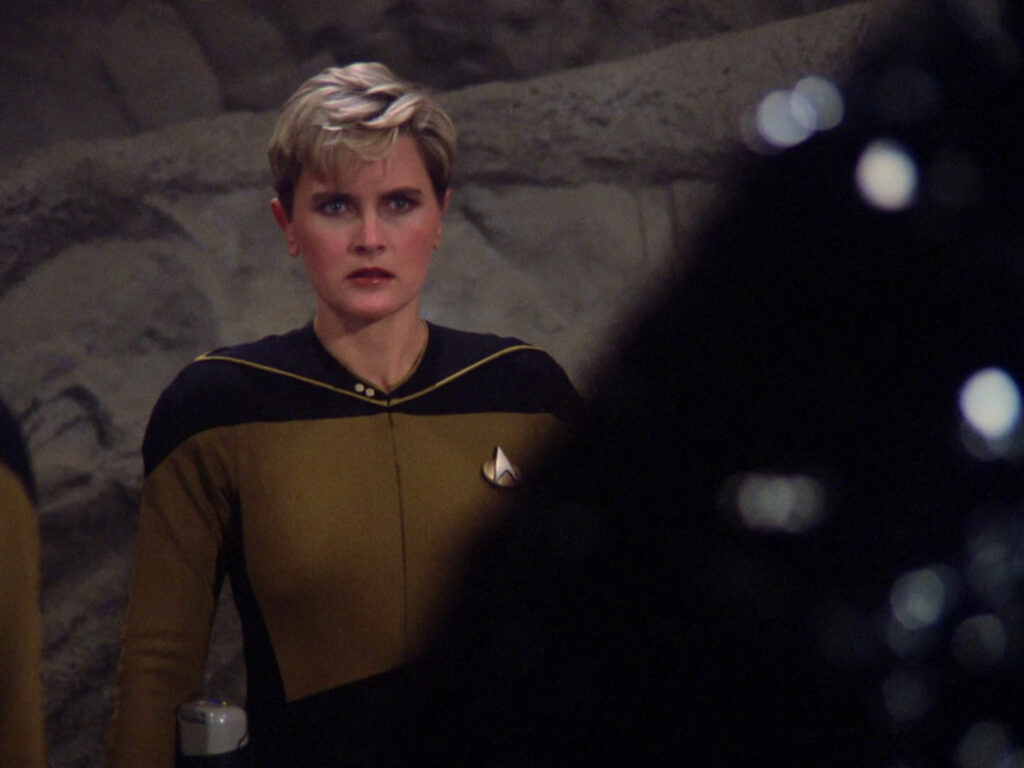
As Picard airs its last episodes, fans are saying goodbye to beloved characters, yet one of the most important—Tasha Yar—is missing from the series except as a fleeting image in Data’s memory. Even though she originally died in the twenty-third episode of The Next Generation “Skin of Evil,” versions of her and her daughter Sela, portrayed by the same actress, reappeared on TNG throughout the series so it is very telling Tasha Yar has yet to appear on Picard in the flesh. While she is sometimes written off by fans, since she died early in the series, Tasha Yar was a character who is more important to the franchise than fans realize. Her backstory—escaping a failed Earth colony, joining Starfleet, recovering from childhood trauma, finding herself—could have produced strong plotlines that explored how the utopia Trek was meant to embody came to be and how the audience could work towards that future for themselves. Had Yar been better written, TNG could have also explored how people deal with trauma and PTSD in a healthy way and find the emotional support they need to live fulfilling lives.
It is important to note that although TOS and TNG featured episodes where their respective Enterprise crews had to face political unrest, war, starvation, racism, sexism, and other major concerns all too familiar to the audience, there was often an undertone of “Join the Federation and watch these problems disappear!” Almost every example of these concerns (pre-Maquis) came from or had connections to non-Federation people, be it Klingons opposing the Federation, mistakes during first contact with various groups, or planets trying to join the Federation, but being deemed ‘not ready.’ The few times these problems relate to Starfleet, they are linked to a bad individual who is not upholding Starfleet and Federation ideals, shoving the issue under the rug to ignore it (For example, “Patterns of Force”, “Bread and Circuses”, and
“A Piece of the Action” and “Omega Glory” all feature Starfleet personnel not obeying the Prime Directive; while it would not be fully explored until post-TOS or TNG, all of the planets featured in these episodes were influenced by a Starfleet officer influencing the development of the population, whether actively or passively).
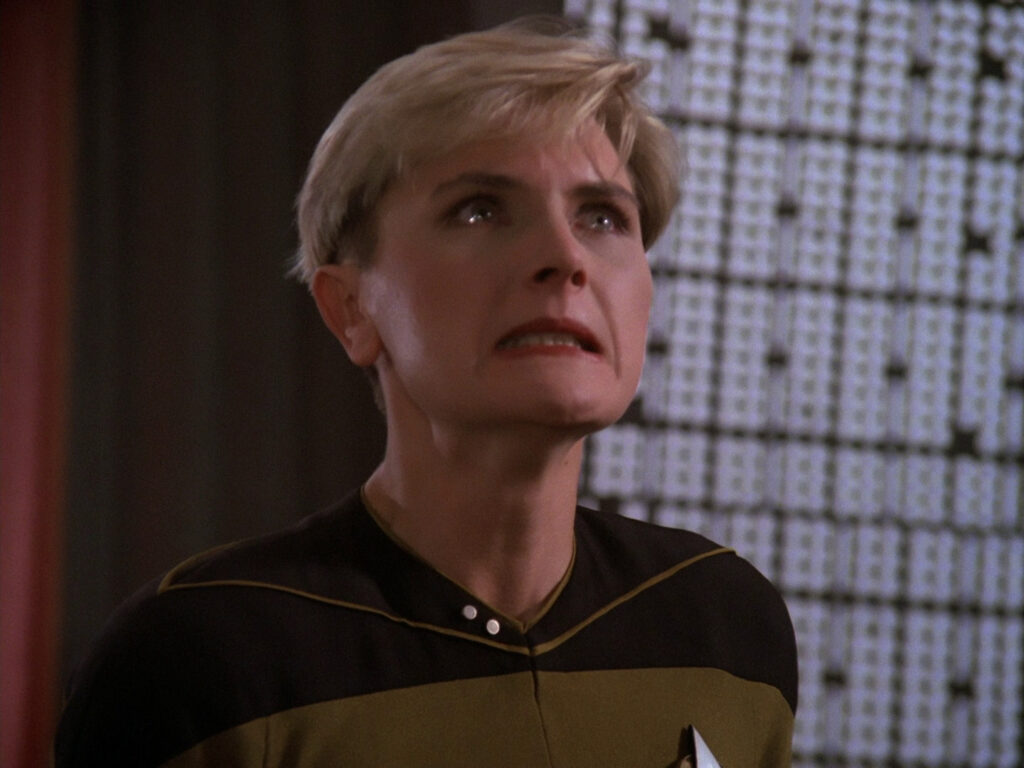
Though sometimes criticized for always yelling about her traumatic life, Yar’s outburst to Q in the TNG premiere “Encounter at Farpoint” does set up an important reality that would be explored in later series of the Trek franchise: to get to the utopia Trek portrays is very hard and may have setbacks. Yar’s childhood on Turkana IV, a Federation colony that fell to factions, civil war, and rape gangs, echoes unexplored references from The Original Series where starvation and genocide were mentioned (in “Trouble with Tribbles” and “Conscious of the King” respectively) and never referenced in later episodes. Picard and the rest of the crew would in fact visit Turkana IV and meet Tasha’s sister, Ishara, in a later season of TNG, where they experience firsthand the living nightmare Tasha Yar spoke of escaping and Ishara Yar continues to live in. The contrast between the two sisters’ lives—Tasha appearing to have escaped the dystopia of childhood only to die when a being of pure evil lashes out at the landing party, and Ishara staying and is fighting to turn the tide to restore stability to Turkana IV—also highlights how nothing is sure in the future. Even with the Federation and Starfleet there to provide aid, it takes a strong support network to thrive.
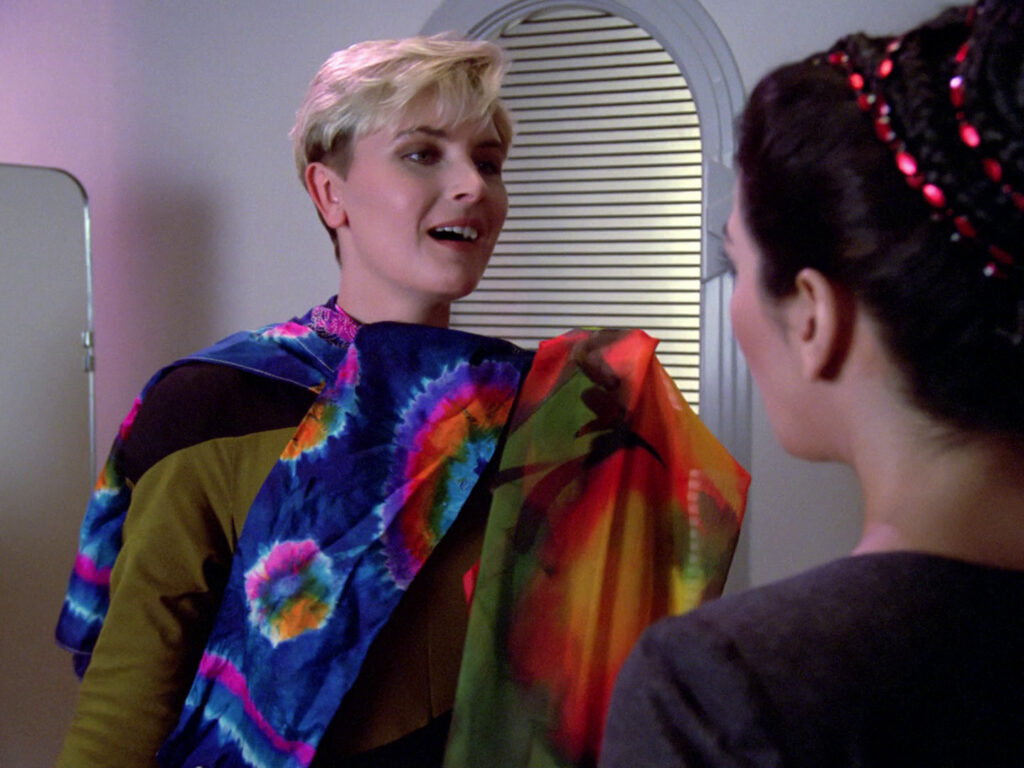
In what often is considered one of the weakest early episodes of TNG, “The Naked Now,” one of the best unexplored plotlines for Yar—her trying to balance her PTSD from escaping rape gangs on Turkana IV to finding fulfillment in a relationship—opens up the questions about how people deal with trauma and how those around them can support them. While an unknown substance makes crewmates like Picard and Crusher seek out sexual partners, Yar has a further side plot where she goes through Deanna Troi’s wardrobe and tries on several outfits. When Troi finds Yar holding several outfits, Yar explains she admires Troi’s outfits and hairstyles. While Troi can sense Yar isn’t behaving normally, Yar does express her struggles to express her feminine side in other episodes, presumably tied to the presence of rape gangs that were prevalent on Turkana IV even years after she left.
Had Yar lived past “Skin of Evil,” plotlines could have explored Yar’s quest to find a fulfilling romantic/sexual life and explore her gender expression without the influence of an unknown intoxicant, and had her discuss the impact of the unsafe life on Turkana IV with Deanna Troi. That would also have let Troi’s role as ship’s counselor become even more fleshed out as well, with the two exploring trauma recovery and the very real struggles many women face with balancing their sexuality and work.
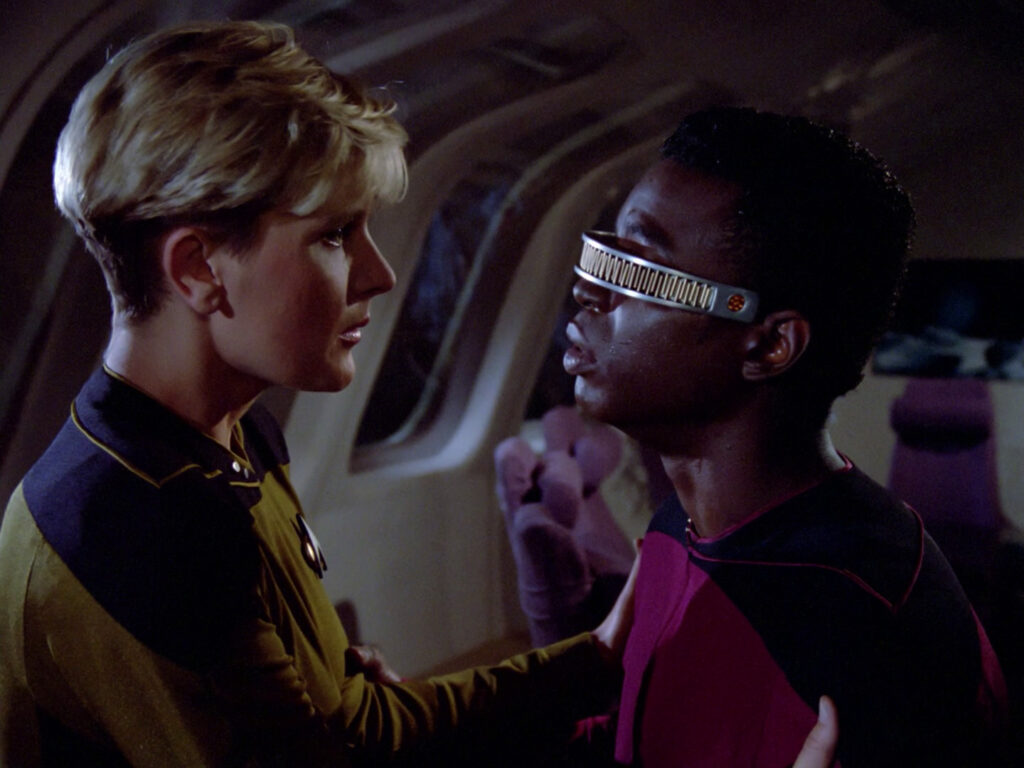
Yar’s quest to build fulfilling relationships is implied in several episodes besides “The Naked Now.” The hinted-at attraction Geordi LaForge feels for her is also raised in “Hide and Q” where La Forge’s first reaction on being given standard human vision from a Q-powered Ricker is to take off his visor and compliment Yar. Yar never reciprocates these feelings onscreen, but had her character lasted longer, it would have been interesting to see if their relationship developed into a parallel of Deanna Troi and William Riker: people who deeply care for each other with romantic hints that seem to ebb and flow, or if it would provide an early template for B’Elanna Torres and Harry Kim, teasing friendship. Yar and Worf seemed to be developing a friendship that echoed Torres and Kim, where they worked together and respected each other, sometimes even sharing hobbies like martial arts, while Torres and Kim joined others in holodeck adventures.
Worf stepped into Yar’s place as Security Officer following Yar’s death, honoring her memory. However, it is her relationship with Data that seems to be the most interesting. Due to the unknown intoxicant, Yar and Data have a sexual encounter in “Naked Now.” Since Yar clearly feels uncomfortable about this encounter when no longer intoxicated and the presence of the intoxication itself makes the ethics of the encounter questionable, it does make the audience uncomfortable. There is also the possibility that since Data is an android, this could point to Yar being more comfortable in a relationship where emotional intimacy is harder to maintain, because she herself struggles to form emotional bonds. This could have easily been a plotline that could have impacted several characters: Yar could have joined Data in painting or music where they expressed themselves with different art styles or instruments. There could even have been plotlines where they worked with Troi to understand each other’s emotional needs in a relationship.
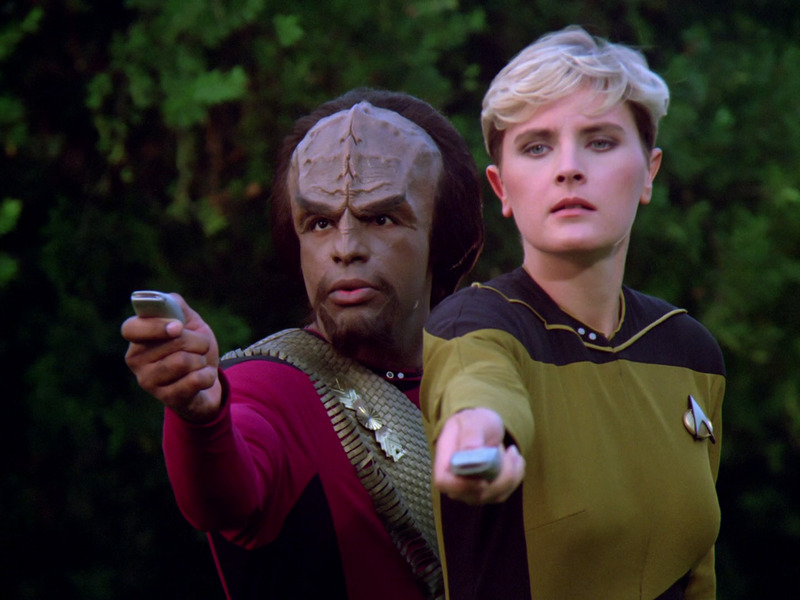
Yar’s reappearance in “Yesterday’s Enterprise” and the introduction of her half-Romulan daughter, Sela, were also some of the first consistent callbacks in Trek to previous episodes. TOS was created as an anthology show, where episodes could be shown or viewed in any order, with previous adventures rarely mentioned. TNG originally started out that way with very self-contained episodes, but Yar in particular broke this mold. Not only was she the first non-redshirt death and only the second woman in an Enterprise crew to die, but the fact one of the main protagonists died permanently in the main timeline set a new precedent in Trek: no one was safe. Her peers may have survived previous brushes with deaths, but the only way to see Yar after this was in episodes in parallel universes or as her daughter Sela. Sela’s existence was also disturbing since she was the product of Enterprise-C Yar becoming a Romulan commander’s ‘consort’ to save others’ lives, then being killed attempting to escape with Sela. Foreshadowing how Kira’s mother became Dukat’s mistress on Deep Space Nine to help Kira and her father live better lives on war-torn Bajor, this points to a dark underbelly in the supposedly utopian Starfleet and Federation future.
“Skin of Evil” may have marked the end of Tasha Yar’s original appearances on TNG, but had the potential plotlines around her been explored fully Yar could have been one of the most influential characters in Trek. As it stands, the unexplored plotlines—how the utopia of Trek was very hard won and hard to maintain; how PTSD can have long lasting impacts on characters who can, through forming supportive and meaningful relationships, live fulfilling lives; and more—would be more fully explored in later series in the franchise. Yet Tasha Yar is the unsung progenitor of these plots and deserves recognition as we reflect on the legacy of TNG.
As someone who was a child when TNG first aired and who loved Yar (and was devasted when she died), I love this essay. It is beautiful.